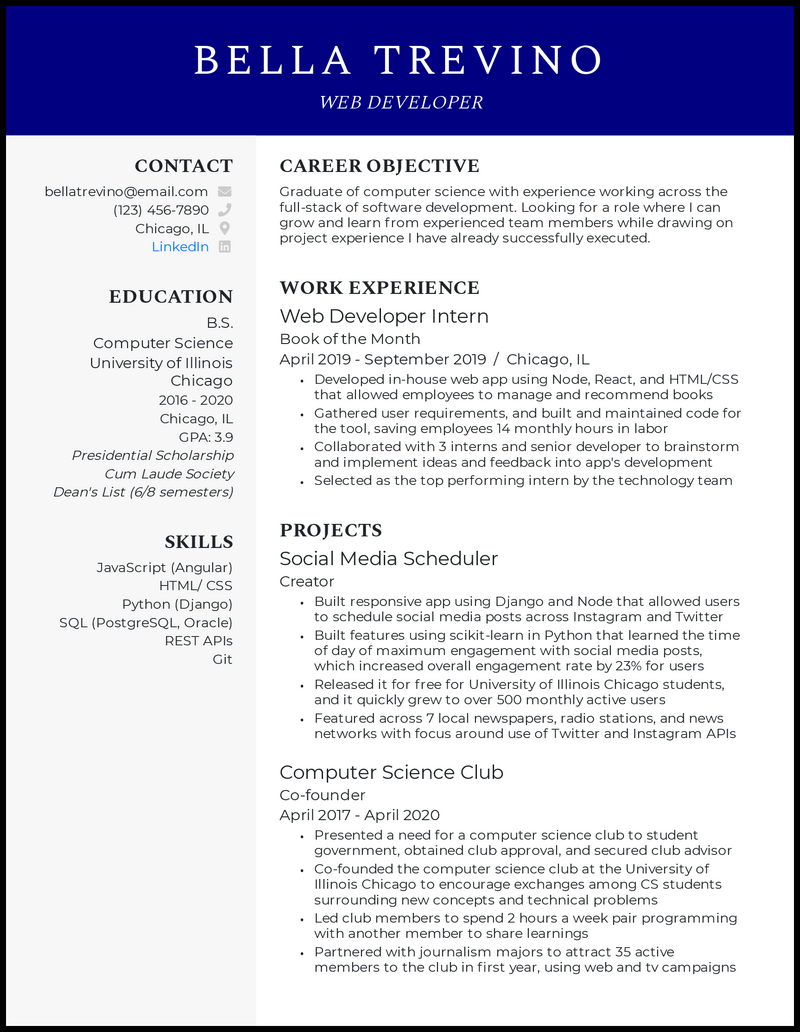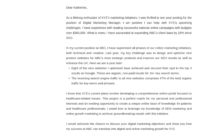Navigating the competitive landscape of the computer science industry can feel like a complex algorithm in itself. Whether you are a fresh graduate eager to make your mark or a seasoned professional seeking new challenges, your curriculum vitae, or CV, remains your primary tool for making a strong first impression. It’s more than just a list of your qualifications; it’s a strategic document that tells your unique story, showcasing your technical prowess, problem-solving abilities, and passion for innovation.
However, crafting a compelling CV from scratch can be a daunting task. This is where a well-designed CV template for computer science professionals becomes invaluable. It provides a structured framework, ensuring you include all the essential information while maintaining a professional and visually appealing layout. A solid template helps you organize your thoughts, highlight your most relevant achievements, and present your skills in a way that resonates with hiring managers and automated applicant tracking systems alike.
Key Elements of an Outstanding Computer Science CV
An effective computer science CV goes beyond merely listing programming languages you know. It demonstrates how you’ve applied those skills to solve real-world problems and deliver tangible results. Think of your CV as a project brief for your career, outlining your objectives, methodologies, and the impact you’ve made. The goal is to make it easy for a recruiter to quickly grasp your capabilities and see how you fit into their team.
Start with a powerful summary or objective statement at the top. This isn’t just a generic introduction; it’s your elevator pitch, succinctly outlining your career goals and what you bring to the table. For instance, a software engineer might highlight their expertise in full-stack development and passion for scalable solutions, while a data scientist might emphasize their analytical skills and experience with machine learning models. This section should immediately capture attention and entice the reader to delve deeper into your qualifications.
Following your summary, your education section is crucial, especially for recent graduates. List your degrees, institutions, and graduation dates. You can also include relevant coursework, academic projects, or honors that demonstrate your foundational knowledge and dedication to the field. If you’ve maintained a high GPA, consider including it. For experienced professionals, this section might be more concise, giving way to extensive work experience.

The core of any computer science CV lies in the "Experience" and "Projects" sections. This is where you bring your skills to life. Don’t just list job titles and companies; describe your responsibilities and, more importantly, your accomplishments using action verbs and quantifiable metrics. Did you optimize an application’s performance by 20%? Did you lead a team that successfully launched a new feature? Details like these showcase your impact and value. For personal projects, clearly state the technologies used, the problem you aimed to solve, and the outcome. Links to GitHub repositories or live demos are highly recommended here.
Highlighting Your Technical Prowess
When detailing your technical skills and project work, focus on clarity and impact. This section is where you truly differentiate yourself.
- Technologies Used: Always specify the programming languages, frameworks, tools, and platforms you are proficient in. Group them logically (e.g., Languages: Python, Java, C++; Frameworks: React, Django, Spring Boot; Databases: SQL, MongoDB).
- Problem Solved and Impact: For each project or role, describe the challenge you faced, your approach to solving it, and the measurable results. Quantify wherever possible (e.g., "Reduced server response time by 30%" instead of "Improved server performance").
- Demonstrable Work: Provide links to your online portfolio, GitHub profile, or deployed applications. This allows recruiters to directly see your coding style and project scope, offering tangible proof of your abilities.
Optimizing Your CV Template for Different Tech Roles
One of the biggest mistakes job seekers make is using a generic CV for every application. While a solid cv template for computer science offers a great starting point, the most successful candidates tailor their CV for each specific role they apply for. This involves carefully reading the job description and identifying the key skills, technologies, and experiences the employer is looking for. Your goal is to mirror their language and prioritize information that directly aligns with their requirements.
For instance, if you’re applying for a backend developer position, you would emphasize your experience with server-side languages, database management, API development, and system architecture. In contrast, for a frontend developer role, you would highlight your expertise in user interface design, client-side frameworks, responsive design, and perhaps even user experience (UX) principles. Each tailoring effort makes your CV more relevant and increases its chances of passing through initial screening filters.
Think about the specific keywords used in the job posting. Many companies use Applicant Tracking Systems (ATS) to filter CVs based on these keywords. Incorporating them naturally into your experience descriptions, skills section, and even your summary can significantly improve your visibility. However, avoid simply stuffing keywords; ensure they fit organically within your accomplishments and descriptions to maintain readability and authenticity.
Beyond technical skills, don’t overlook the importance of soft skills in the computer science field. Collaboration, problem-solving, adaptability, and communication are highly valued. While these might not always be explicitly listed in a technical skills section, weave them into your experience descriptions. For example, instead of just saying "Developed a feature," you could say "Collaborated with a cross-functional team to develop a new feature, improving user engagement by X%." This demonstrates both your technical contribution and your ability to work effectively within a team environment.
Ultimately, your CV is a dynamic document that should evolve with your career. Regularly update it with new skills, projects, and achievements. Seek feedback from peers, mentors, or career advisors to refine its content and presentation. A well-crafted and strategically optimized CV is your ticket to unlocking exciting opportunities in the ever-evolving world of technology, setting the stage for meaningful conversations and successful career advancements.
